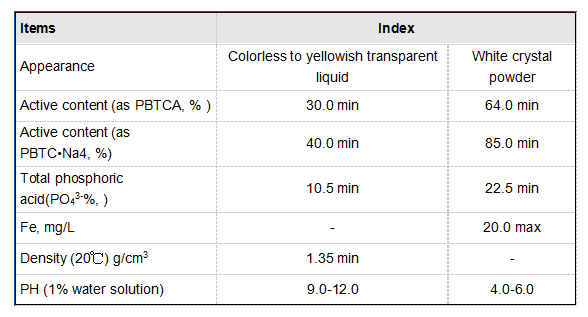coagulant flocculant
Understanding Coagulants and Flocculants Key Players in Water Treatment
Water is an essential resource for human life, yet its quality often suffers due to various pollutants. To ensure that water is safe for consumption and industrial use, effective water treatment processes are vital. Among the various methods employed, the use of coagulants and flocculants has emerged as a crucial strategy in the removal of suspended solids, colloidal materials, and other impurities from water. While both serve the same overarching purpose of purifying water, they perform distinct functions within the treatment process.
What Are Coagulants?
Coagulants are chemical agents that facilitate the aggregation of fine particles suspended in water. Their primary role is to destabilize colloidal particles, which are usually negatively charged, preventing them from clumping together. When coagulants are introduced into water, they neutralize these negative charges, allowing particles to attract and bond with one another. This process leads to the formation of larger aggregates known as flocs.
Common coagulants include aluminum sulfate (alum), ferric sulfate, and polyaluminum chloride. Each of these agents possesses unique properties that make them suitable for different types of water treatment applications. For instance, aluminum sulfate is widely used in municipal water treatment facilities due to its effectiveness in removing turbidity and organic matter. The choice of coagulant often depends on factors such as the composition of the water being treated and the desired quality of the final product.
The Role of Flocculants
Once the coagulant has successfully formed flocs from the suspended particles, flocculants take over to enhance the aggregation process. Flocculants are typically high molecular weight polymers that further assist in binding the flocs together, promoting the formation of larger settleable aggregates. This step is crucial for efficient sedimentation or filtration, as larger flocs tend to settle more quickly and can be removed more easily.
Flocculants can be cationic, anionic, or non-ionic, based on their charge. The choice of flocculant depends on the characteristics of the water being treated and the specific contaminants present. For example, anionic flocculants are often preferred in situations where the dissolved organic matter has an overall positive charge, as they help enhance the coagulation process by attracting and binding these molecules.
coagulant flocculant

The Treatment Process
The water treatment process typically begins with the addition of coagulants followed by flocculants. The sequence is critical; efficient coagulation sets the stage for effective flocculation. After the introduction of these chemical agents, the water is agitated to encourage the aggregation of particles. This mixing phase allows the coagulants to interact with the impurities effectively.
Subsequently, gentle mixing is used to promote the formation of larger flocs without breaking them apart. Following the mixing phase, the water is allowed to sit, facilitating the settling of the flocs to the bottom. This sedimentation step is crucial as it enables the separation of impurities from the purified water. The settled flocs can then be removed through various methods, such as scraping, vacuuming, or using a clarifier system.
Applications and Importance
The application of coagulants and flocculants extends beyond municipal water treatment. Industries such as pulp and paper, mining, and agriculture also rely on these chemical agents to manage water quality. In the textile industry, for instance, they help in treating wastewater by removing colored dyes and organic materials. Similarly, mining operations utilize coagulants and flocculants to ensure that water used in ore processing is mobilized efficiently, preventing contamination.
The importance of coagulants and flocculants cannot be overstated. With growing concerns about water pollution and the need for sustainable water management, these agents play a vital role in ensuring that water remains a safe and available resource. As technology and research progress, there is a continuous effort to develop more effective and environmentally friendly coagulants and flocculants, paving the way for advanced water treatment solutions.
Conclusion
In conclusion, coagulants and flocculants are integral components of modern water treatment processes. By efficiently removing impurities and enhancing the quality of water, they contribute significantly to public health and environmental preservation. Understanding their functions and applications is essential for anyone involved in water management and treatment, fostering a future where clean water is accessible to all. The continued innovation in this field is crucial as we strive to meet the challenges posed by a growing population and an increasingly polluted world.
-
Water Treatment with Flocculant Water TreatmentNewsJun.12,2025
-
Polymaleic AnhydrideNewsJun.12,2025
-
Polyaspartic AcidNewsJun.12,2025
-
Enhance Industrial Processes with IsothiazolinonesNewsJun.12,2025
-
Enhance Industrial Processes with PBTCA SolutionsNewsJun.12,2025
-
Dodecyldimethylbenzylammonium Chloride SolutionsNewsJun.12,2025





